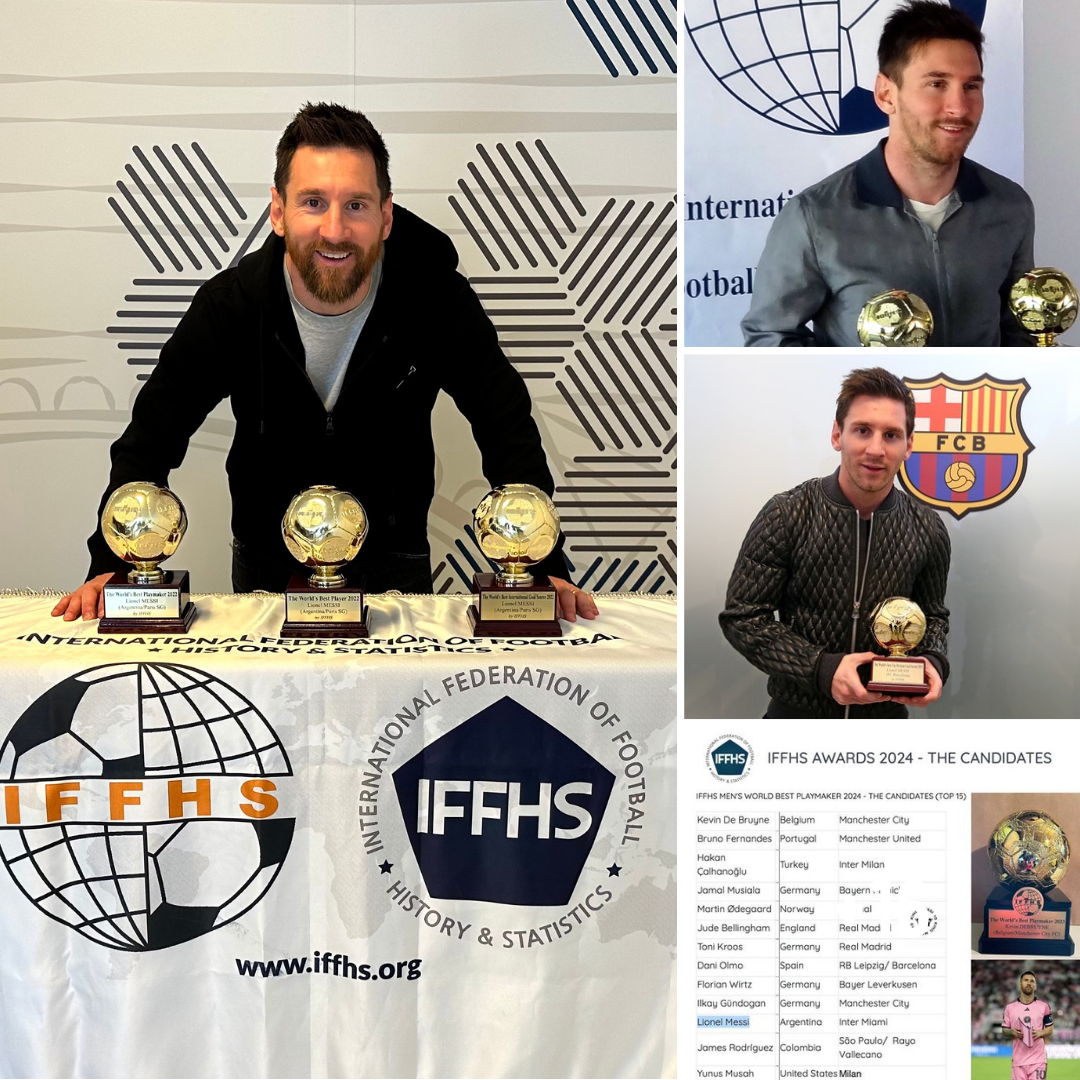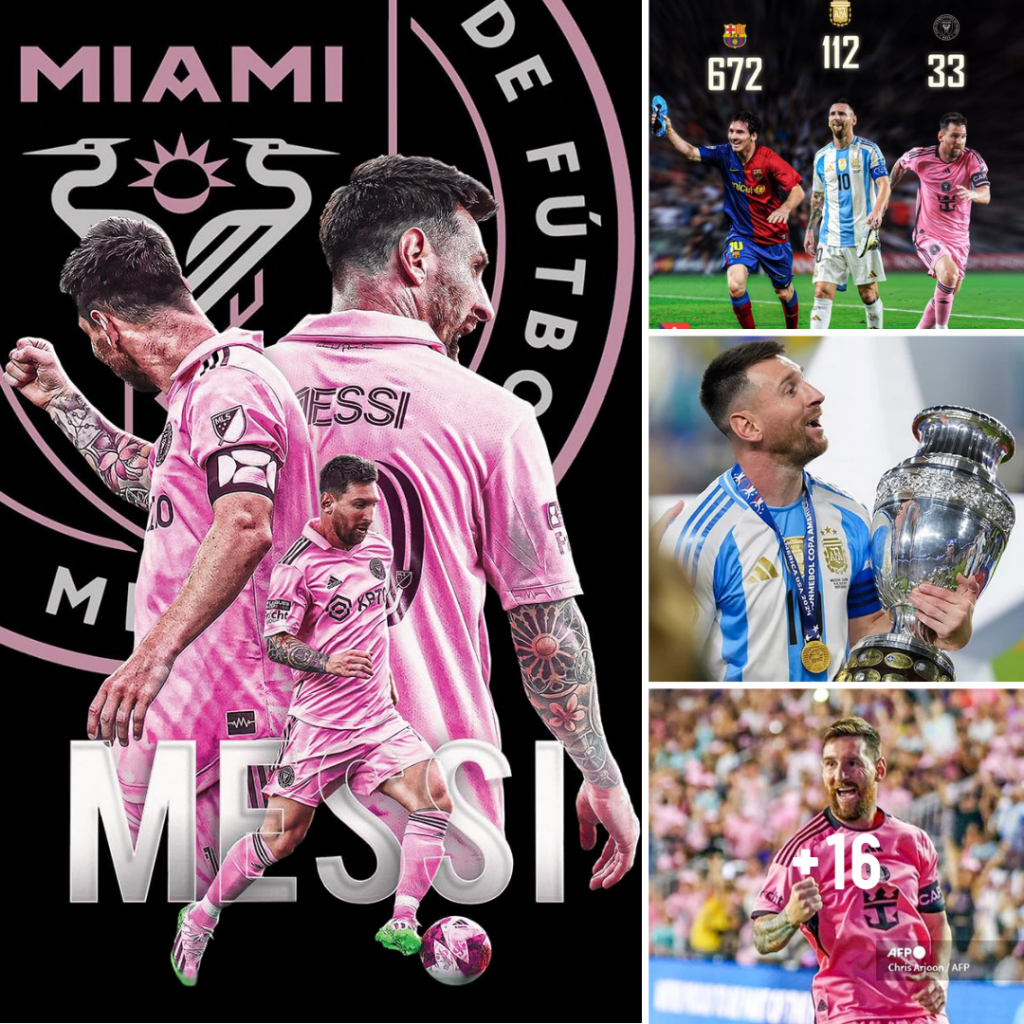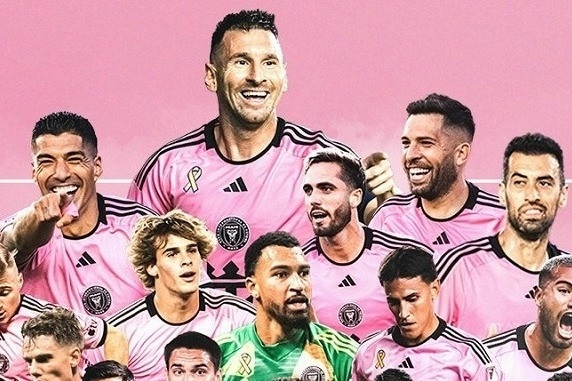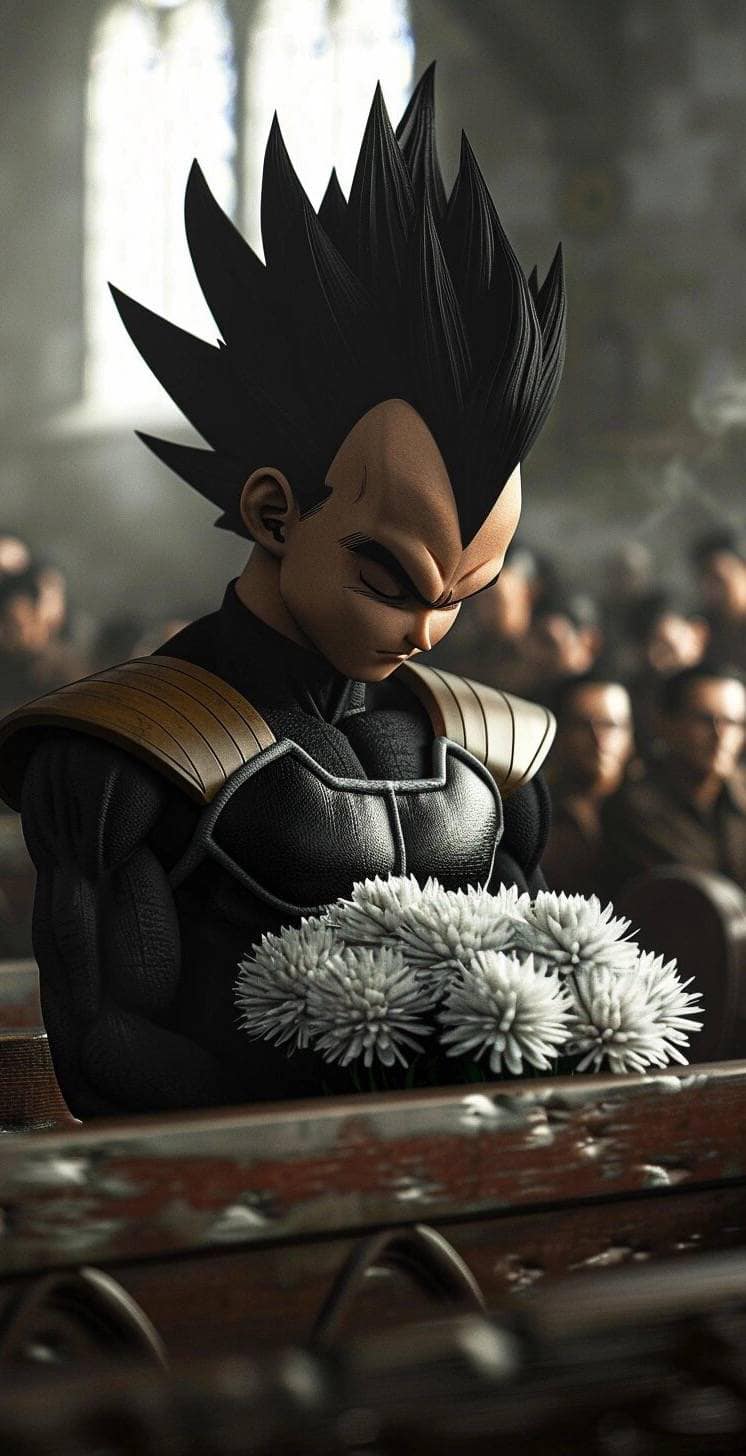Some Kind of Niche: An Interview with Oleh Romaniuk

Ukrainian artist Romaniuk talks inspiration, self-expression, and the philosophy behind his work in this exclusive interview with Tattoodo.
Oleh gives a detailed story of his introduction to art and the factors that led him to choose his current profession. He talks about how work can be a way to relax for him and never is a source of stress, where his unique ideas for tattoos originate and his need for additional nuances in ordinary things, especially when creating. We get a glimpse of his work philosophy focused on original ideas and great workmanship.
Do you remember the first moment you were drawn to art? Are there any important memories that hint at the artist you would become?
The earliest memory of drawing that comes to mind is from childhood – I was watching my dad help my sister with homework. He was drawing an old radio, and, I could say, got really involved in the process, making it so cool that the teacher couldn’t believe it was my sister’s work. So, she had to do everything on her own again in the end. I remember sitting there, not saying a word, watching him draw based on instinct, with no art education at all. I felt unreal peace and security at that moment, and I feel it now every time I sit down to draw a sketch. I am not the most organized man in everyday life, but when I take a brush or tattoo machine, I know exactly what to do and I am very comfortable in this role. I can’t use this kind of concentration on purpose; it appears by itself in the process of creating. To me, art is not work; it’s more of a meditation or relaxation. My father is a simple working-class man, but I am sure that he has a penchant for drawing, and if he had the opportunity to draw more, he would certainly have succeeded in illustration.
Why were you drawn to tattooing and what made you pick this profession? Who were the tattoo artists you would and still look up to?
It all started when I was a teenager experimenting with different styles; graffiti, drawing, illustration, and design. I liked a lot of things, but I did not understand in which direction to move. Then I watched a lot of TV shows like Miami Ink and LA Ink and I got very interested. It was not only about tattoos, but also about the life of the studio and its routine. I liked everything, even the process of assembling the workplace, like your station. Of all the tools for the fine arts, the tattoo machine is the best one that happened to be in my hands. There was no special research on the subject of tattoos, I just knew it was for me and it was to be my career. Spending a lot of time in the creative circles of my city, it was only a matter of time before I tried my first tattoos. I should say that there also was a lot of support from my parents, who were never against what I wanted to do. They also supported me when I entered the Academy of Arts, where I got a foundation as an artist. I started to get serious about tattooing only after gaining some artistic background. So, I would say that I studied at the Academy of Arts with the clear goal of becoming a tattoo artist and considered the ability to draw as a necessary condition for the work of a tattoo artist. Although the tattooing process itself is more of a craft and technique, art education helps to create a really good design. Usually, I have to do everything with a singular focus, so I wouldn’t be able to learn how to create a tattoo and draw at the same time. These are two endless and parallel processes, but in my case, it was more comfortable to get an artistic background and only then take up the craft of tattooing. At that time, I began to get acquainted with the art of masters who inspire me even now. These are the illustrations of the artist Supakitch, as well as his work in tandem with the artist Koralie. As for tattoo masters, Sasha Unisex and Gian Karl’s, who has one of the cleanest tattoos I have ever seen, inspire me the most. The main criterion has always been the recognizability of the works. But there has been one tattoo artist who inspired me from the beginning – Tim Hendricks.
Can you talk about your style and how it developed over time?
I would call myself a traditionalist, but exclusively in the application technique – clear outline, deep black shadows, and rich color. My color palette is simple, and I use a lot of black in combination with natural skin tones to complete my tattoos. It allows you to make a lot of effects without worrying about the client’s endurance. I am very influenced by the search for new plots for tattoos. This is where, in my opinion, my style lies. The main thing is to draw the story in a sketch and fill it with lots of interesting features and nuances. Daily life plots are really perfect stories for sketches. Not far from my studio there is a flower shop, and I once saw a woman carrying flowers wrapped in a newspaper – that’s the perfect idea for a sketch.
It is very difficult for me to stop and draw an object without any additional nuances.
For example, if I am asked to draw an eagle, I get bored at some point. A large number of eagles have been created before, and I want to refine this story and make it a hybrid of an airplane or something. This is how I lead my works into some kind of niche. In a way, this reduces the number of potential customers, but on the other hand, people who come to me completely agree with my vision, and I am very grateful for that. I have nothing against classic tattoo plots and I am happy to work with them. However, the most important thing is the original design idea supported by high-quality workmanship.
If you are able to pick, which is one of your favorite pieces you have tattooed?
There is a special place in my heart for a fairly old work of mine – a tattoo of a fish wrapped in a newspaper. This tattoo won me my first competition. Since then, I’ve established a particular love for birds and florals. I also like to include interesting combinations in my work, for example, kitchen utensils, fruits, animals, etc.
Many artists have a philosophy about their work or why they create it. What is your artistic philosophy and your goals within it?
It’s very simple: I want to give people pleasure with bright and rich tattoos. There are enough dark and gray colors in life, so tattoos should be bright and interesting. The main thing is aesthetics and the exchange of experience. My works are a direct reflection of my experience, so everything will be better and more interesting in the future.
What are your favorite parts about the tattoo industry and where would you like to see change? How do you feel about the future of it?
The most interesting part of the tattoo industry, apart from the tattoos themselves, is the self-expression of the artist and the presentation to the audience. This is the most exciting and, at the same time, the most difficult part of our business.
We create a tattoo; something that will be with a person for life. This is an extremely complex technical process, and this thing itself should be very interesting. But this is not enough; we need to show what’s behind it, and who are the people who do it. We are all unique; we do amazing things with skin as a canvas every day. Now I have enough experience and skills to make interesting tattoos, and I want to believe that I am interesting to people. This part of the tattoo industry is growing on me, and I would like to develop in it. This is possible only with constant self-improvement, but I am quite ready for it.
Do you have any projects, events, or plans coming up in the future that you’d like to share?
My main wish for the future is the end of the war in Ukraine and the opportunity to work again in my small studio in Lviv. Although I am safe now, it is very difficult to work at a normal pace knowing that many people in Ukraine do not have such an opportunity. It’s a strange feeling of guilt, but I have to keep working and being useful in my place. I will be able to truly enjoy my craft again only after peace comes to Ukraine. I want everyone to know what wonderful and creative masters there are in my country. I will try to take part in tattoo festivals, and I want to visit different cult places for tattoo history.














